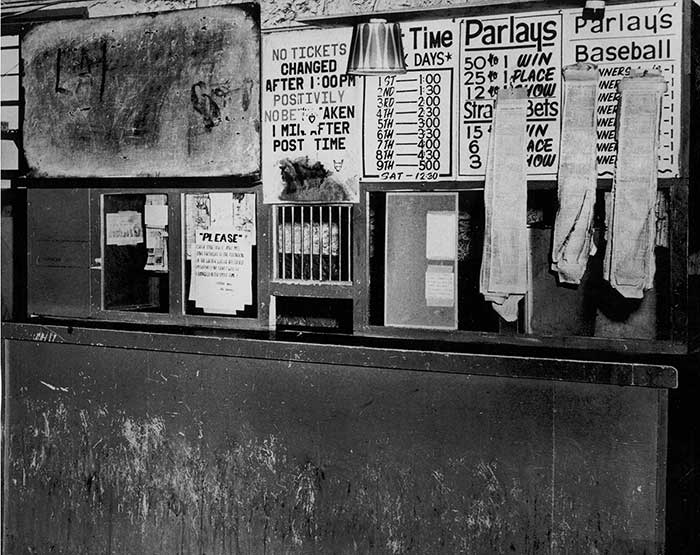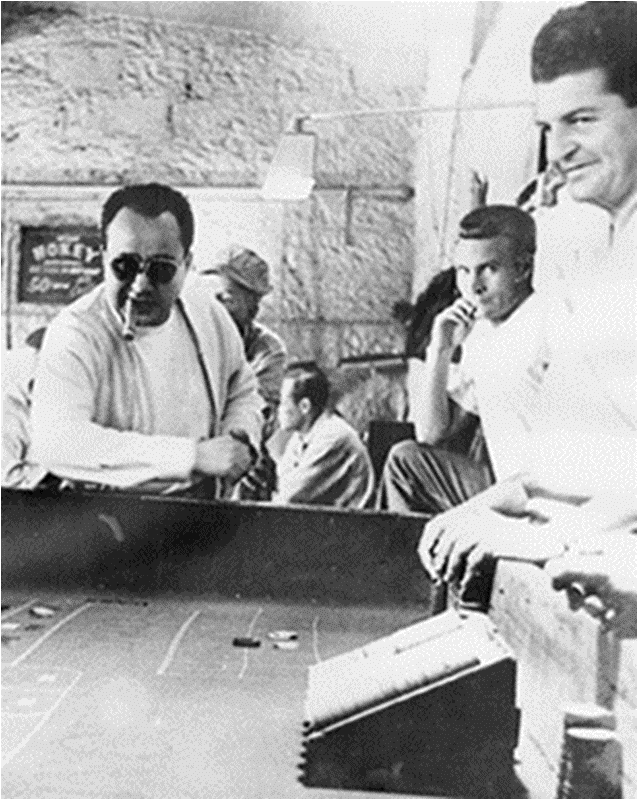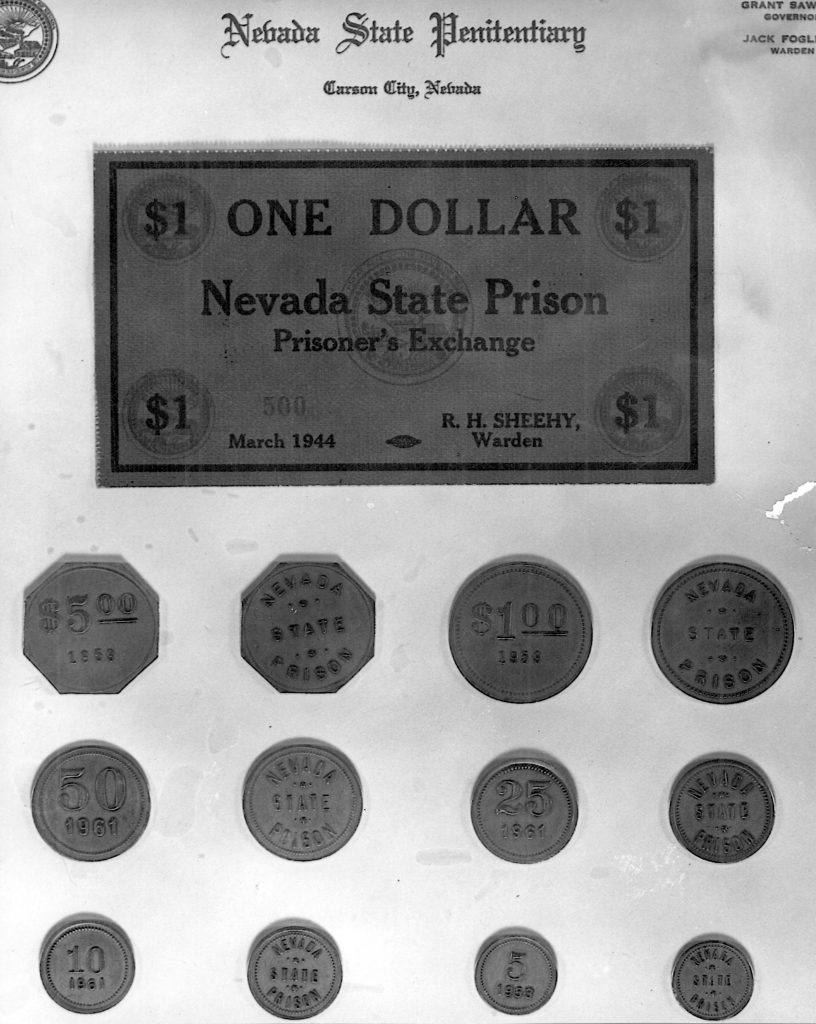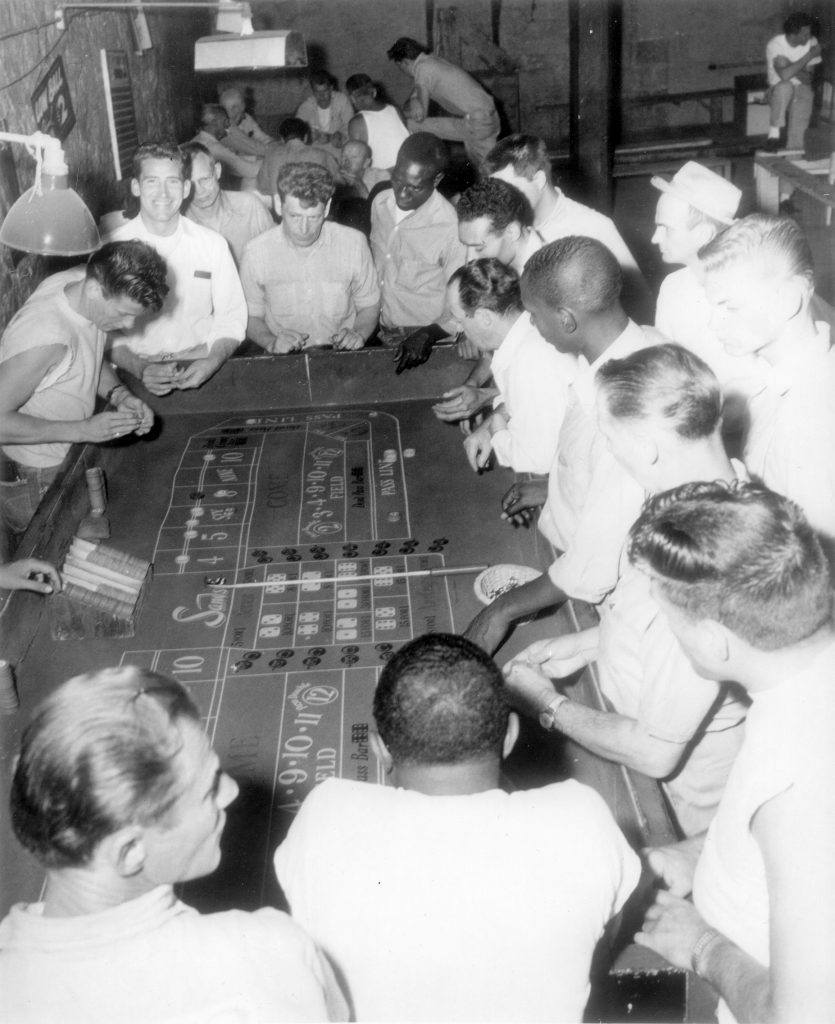The Unusual History of Nevada State Prison’s Inmate-Run Casino
For decades, Nevada State Prison held a reputation as one of the nation’s most recognizable penitentiaries—not only as the state’s site of capital punishment, but for hosting something unprecedented in U.S. prison history: a fully operational, inmate-managed casino. From 1932 to 1967, the prison’s “Bullpen” casino offered gambling opportunities behind bars, creating a unique chapter in the state’s—and the country’s—criminal justice history.

How Economic Hardship Sparked a Prison Casino
Nevada State Prison was originally built in 1862, enduring multiple devastating fires in its early years that forced rebuilding and changes to its structure. Fast forward to 1931, when the economic fallout from the 1929 stock market crash left Nevada seeking innovative ways to generate revenue during the crippling Great Depression. Amid efforts to support mega-projects like the construction of the Hoover Dam, and to boost the state economy, Governor Fred Balzar signed Assembly Bill 98 into law on March 19, legalizing gambling in Nevada.
This legislative decision opened the doors for an experiment that would become legendary: the creation of an official casino, managed entirely by inmates and known as the “Bullpen,” inside Nevada State Prison in 1932. This approach to prison management was not only innovative but remains unmatched in American correctional history.
The Bullpen: A Casino Like No Other
When people first hear that a prison operated a casino, most assume it must have caused chaos. Surprisingly, the Bullpen operated smoothly and safely for over 35 years, with strict rules and oversight from both inmate managers and prison officials.

Within the Bullpen, inmates could place wagers on an impressive variety of games, such as:
- Blackjack
- Craps
- Poker
- Gin rummy
- Sports betting, including parlay bets
The rationale behind allowing gambling was not just entertainment. Officials believed that a regulated gambling environment would channel inmates’ energies positively, reduce violence, and prevent unregulated, underground wagering that could prompt more serious problems. In fact, Assemblyman Howard McKissick suggested that sanctioned gambling could avert certain behavioral issues among prisoners.
So reputable was the Bullpen in its golden era that even local civic leaders, including state officials and Kiwanis Club members, occasionally participated in its games. Rather than fostering lawlessness, the venture developed a reputation for being safe and orderly.
The Bullpen even operated its own form of currency: metal tokens minted in increments of 5, 10, 25, and 50 cents, along with $1 and $5 denominations.

These casino chips resembled those used in any Nevada gaming establishment and have since become rare and valuable collectibles, with some fetching upwards of $300 each among memorabilia enthusiasts today.
The End of the Bullpen: Changing Views on Prison Reform
Given the generally positive reputation and impact of the Bullpen casino within the prison, its closure in 1967 surprised many. The catalyst was the arrival of Warden Carl Hocker, who brought with him reformist philosophies from the California prison system. Unlike his Nevada counterparts, Hocker viewed gambling as a degrading and unhealthy pastime for inmates. He explained his opposition by stating, “We’re trying to replace [gambling] with constructive, wholesome activities that will contribute to a decent, healthful state of mind.”

Following this perspective, casino games were replaced by more traditional recreational and social activities, including handicrafts, chess, bridge, volleyball, and ping pong. Some skepticism remains about Hocker’s motivations. At the time, rumors circulated that a casino-related riot had led lawmakers to push for the Bullpen’s closure. However, there is little concrete evidence supporting this story, and the choice ultimately reflected a broader trend in shifting attitudes toward prison rehabilitation nationwide.
Could Prison Casinos Make a Comeback?
With annual U.S. prison expenditures hovering around $80 billion, some have wondered whether regulated casino operations could offer financial relief by generating revenue behind bars. Despite the Bullpen’s relative success in maintaining order and channeling inmate energies, there is little contemporary willingness to resurrect such a program. The reality is that illegal gambling remains widespread within prisons, but officially sanctioned casinos have no policy support and are unlikely to return.
The Bullpen’s almost forgotten legacy suggests that prison authorities prefer to distance themselves from the idea. The debate about whether the program had a net positive or negative effect on inmate rehabilitation and discipline remains unresolved, continuing to spark curiosity among historians, criminologists, and the public.
Nevada State Prison After Closure: Legends, Tours, and Ghost Stories
After officially shuttering operations on May 18, 2012, Nevada State Prison also transferred execution duties to Ely State Prison in 2016. Today, the old prison has become a site of historical intrigue and local legend. The prison’s bloody and tumultuous past attracts visitors for guided walking tours that explore its stories, unique architecture, and infamous inmates.
The rumors of hauntings have only grown over time. Nevada State Prison’s eerie reputation earned it a feature in an episode of the paranormal show Ghost Adventures. Occasionally, night-time ghost tours are organized for the brave, with participants reporting chilling, unexplained events and unsettling noises echoing through the abandoned cellblocks.
The story of the Bullpen casino remains a remarkable—and unlikely—footnote in American penal history, symbolizing an era when innovation, necessity, and social experimentation converged behind prison walls.









